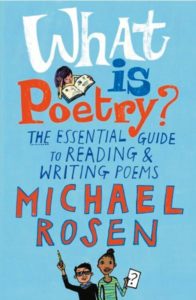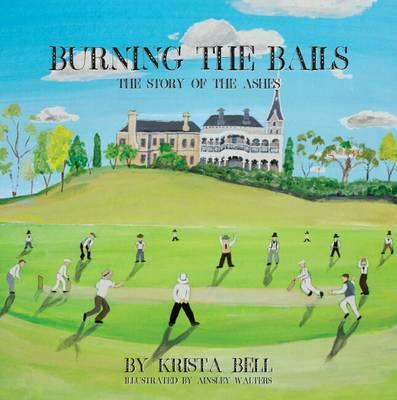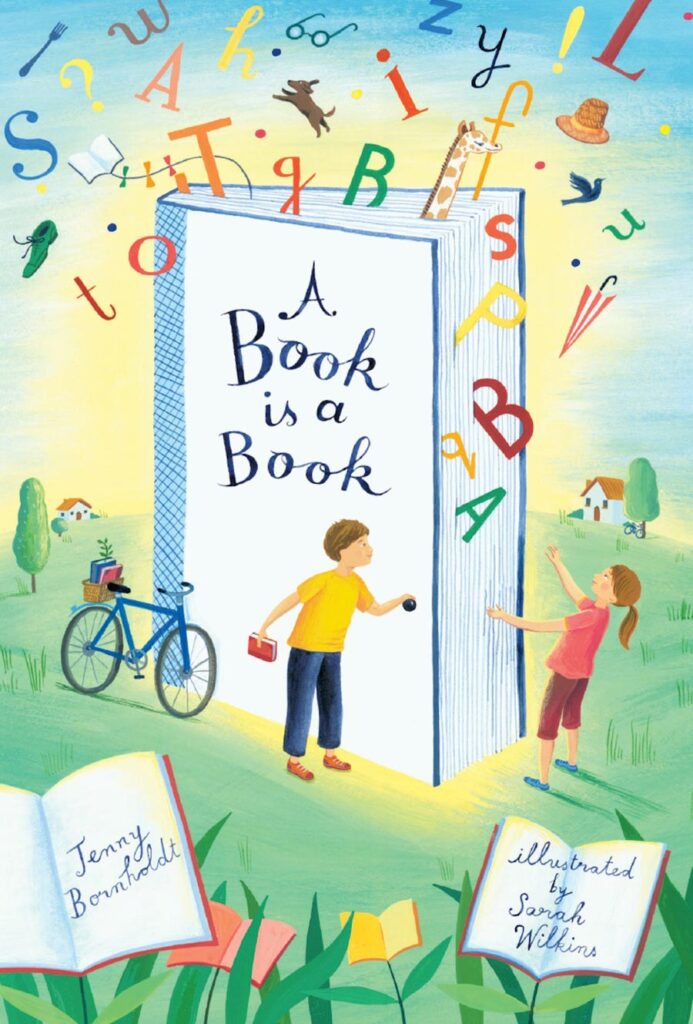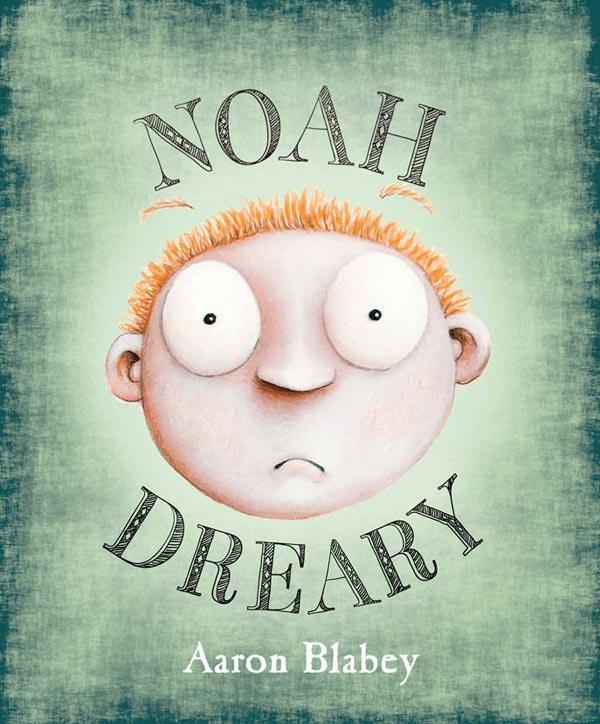Michael Rosen, What is Poetry? : the essential guide to reading and writing poems, Walker Books, Feb 2017, 208 pp., $14.99 (pbk), ISBN: 97818442876358
So, what is poetry? — and why would we start a book about poetry with such a dazzlingly difficult question? Well, the question is quickly put aside in favour of examples in Michael Rosen’s book of introductions to what poetry can do. The first example, surprisingly comes from Emily Dickinson and it manages to illustrate in six brief lines that poems ask questions in ways that suggest answers without exactly delivering them.
From here the book takes us through poems by Robert Louis Stevenson, Banjo Paterson, Alfred lord Tennyson, Elizabeth Barrett Browning, Christina Rossetti and Thomas Hardy, to mention a few. This is a solid introduction to a canon of ‘great’ writers in a manner that will not scare or intimidate interested readers. The wonderful thing about this book is that it is a working book — it’s interested in how the poems are put together, what their purposes might have been, how rhythms, sounds and images work inside a poem in relation to each other. Midway through the book Michael Rosen writes about what went through his head as he was writing some of his poems. These examples are particularly instructive about what ideas set poems off, and what structuring ideas go into poems. Rosen composes poems about being ill as a child, about a response to a photo of Jewish refugees in the Second World War, from the small oddities of everyday life, daydreams and adopted identities. Rosen makes it fun, and complex and important at the same time. There are a couple of blank lined pages at the end for you to try to insert your own definition of poetry. Too hard? Just write a poem about it.
Recommended for 10 to 15 year olds, and all little songsters, linguists or riddlers.
Reviewed by Kevin Brophy






